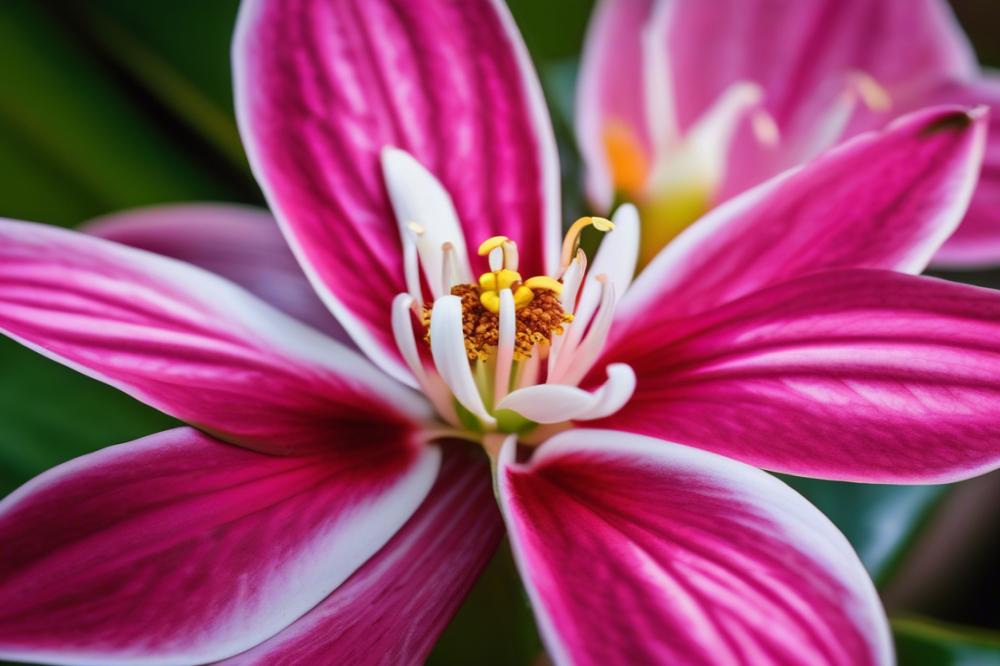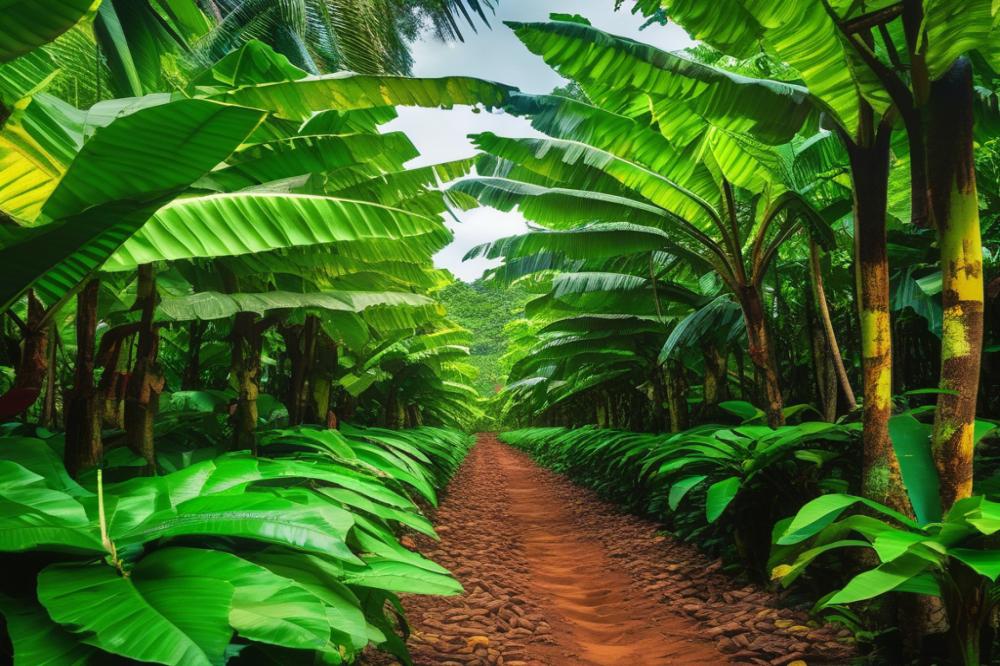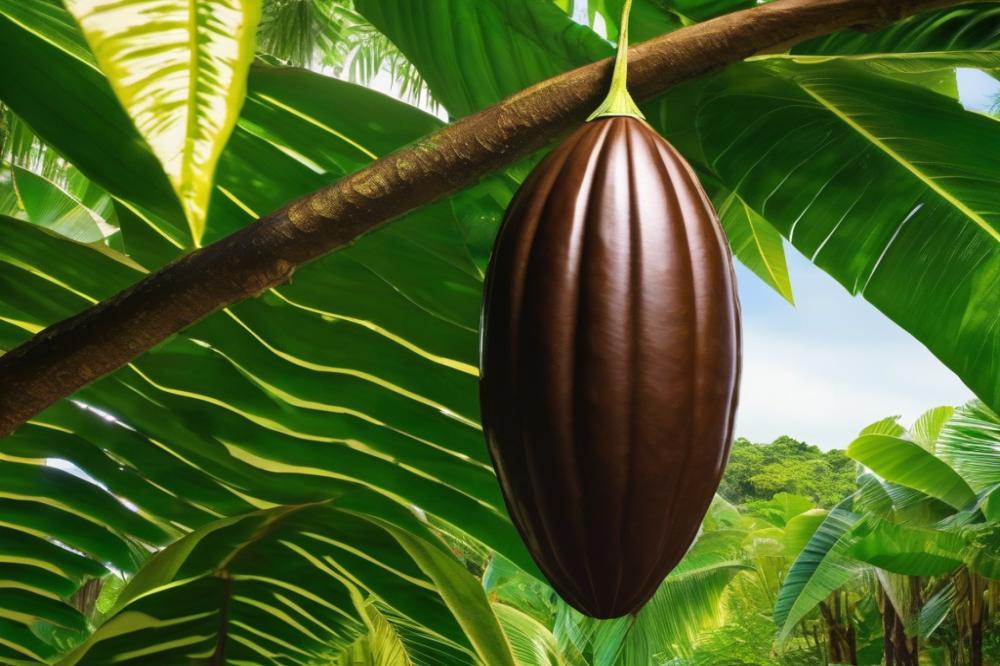Introduction
The significance of the Cocoa plant extends far beyond its green leaves. This remarkable species produces cocoa flowers that eventually develop into the delicious chocolate many people love. Cocoa is not just a staple in confectionery; it plays a critical role in the economy of tropical agriculture. For many communities, cocoa farming provides essential income and livelihoods.
Pollination is crucial for the successful reproduction of Cocoa plants. The pollination process directly impacts chocolate production. Without effective pollinators, the flowering plants cannot form the cocoa pods that hold the seeds used to create chocolate. This natural mechanism is vital for sustaining cocoa crops and, by extension, the chocolate industry.
midges are often overlooked players in this essential role. These tiny insect pollinators may not be as charismatic as bees, but they are equally important for Cocoa pollination. Their unique behavior facilitates the transfer of pollen from one flower to another, ensuring the fertilization that leads to pod formation. The relationship between midges and cocoa plants highlights the intricate connections within ecosystems.
By supporting the reproduction of cocoa plants, midges contribute to wider ecosystem services. Healthy ecosystems promote biodiversity and help in pest management. As cocoa farming practices evolve, conservation of these vital pollinators becomes increasingly important. Protecting midges and their habitats can lead to sustainable cocoa production and a stable supply of chocolate.
Cocoa pollination
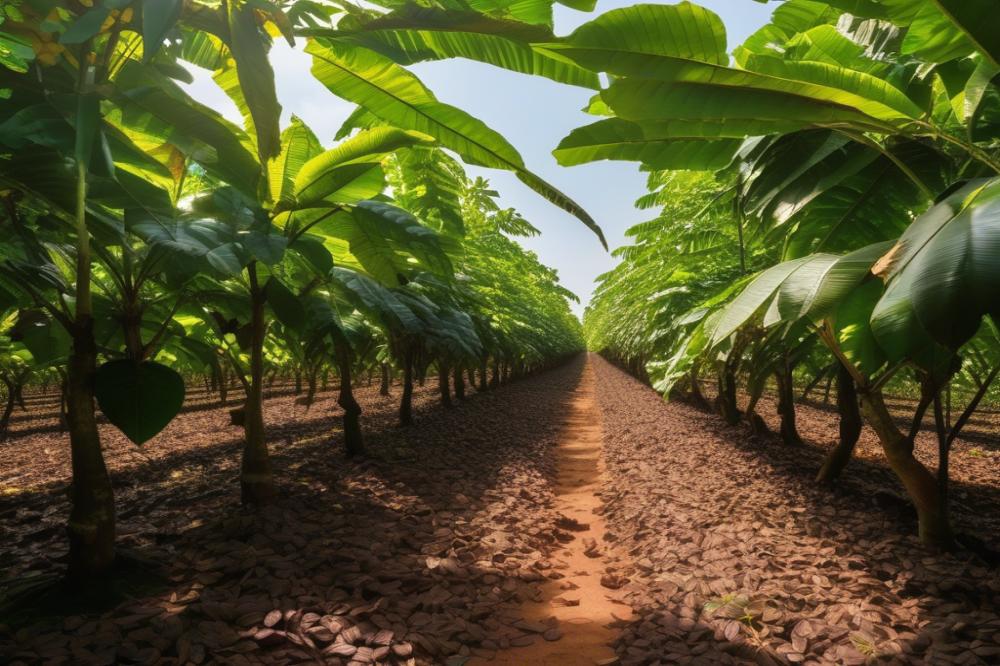
cocoa flowers are small yet intricate. They grow directly on the trunks and branches of cocoa trees. Each flower is delicate, featuring five petals and a cluster of stamens. The size of these blooms is only about one to three centimeters. Their design helps attract pollinators, but not just any insect can do the job. The reproductive structure needs precise interaction for successful fertilization.
The pollination process itself presents many challenges. Cocoa trees thrive in humid, tropical climates, which limits their growth to specific regions. Most flowers bloom in the morning and have a very short window for pollination. If the flowers do not get visited quickly, they may fall off without producing fruit. This timing adds pressure to the already delicate life cycle of the plant. Many flowering plants depend on various insects to transfer pollen. Thus, the role of these pollinators cannot be overstated.
Role of Midges in the Pollination of Cocoa Flowers
Surprisingly, midges play a crucial role in the pollination of cocoa flowers. These tiny insects measure just a few millimeters long. Midges are attracted to the cocoa flowers by their scent and the promise of nectar. As they move from one flower to another, they inadvertently transfer pollen. This action is essential for successful fertilization. Without midges, chocolate production could face severe challenges.
Comparison with Other Insect Pollinators
Many people think of bees when they hear about pollinators. Bees are fantastic pollinators for various crops. However, they are not the main pollinators of cocoa flowers. Unlike bees, midges do not require large spaces or specific nesting sites. They can easily navigate the dense foliage and crowded spaces of cocoa farms. Other insect pollinators also play a role but do not match the midges’ efficiency in this specific scenario. Each pollinator offers unique benefits and contributes to the overall health of the ecosystem. This diversity supports pest management too, making it vital for the conservation of these important species.
The Ecosystem Services Provided by Midges
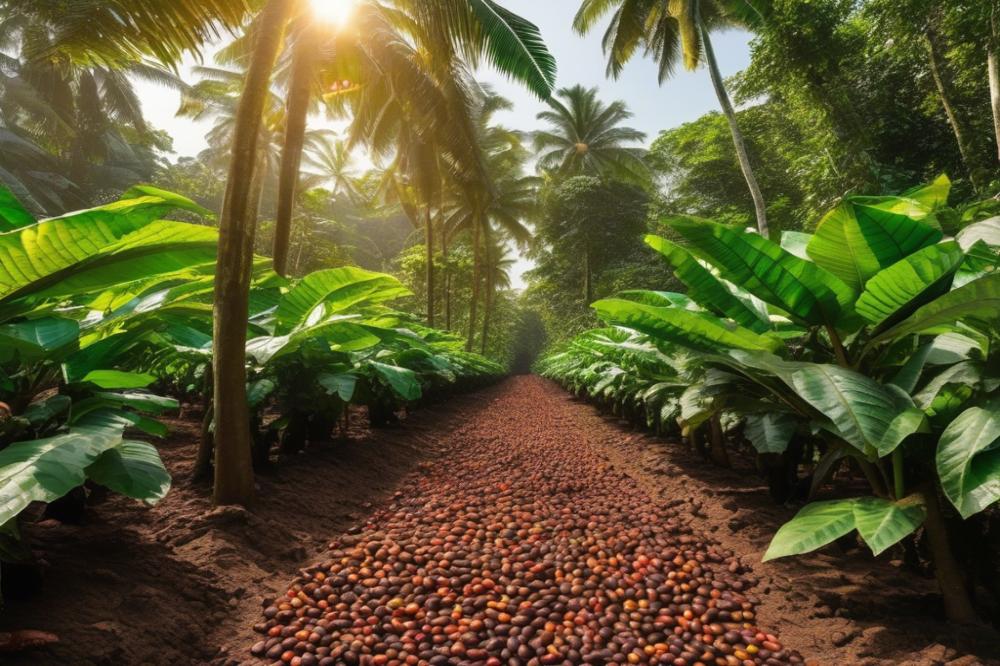
Midges play a significant role in tropical agriculture. These tiny insects are vital for the pollination process of cocoa flowers. Without the efforts of midges, many plants, especially cacao, would struggle to reproduce.
Efficient pollination directly affects cocoa yields. Higher yields of cocoa lead to increased chocolate production, which is enjoyed worldwide. Farmers rely on these small insects to visit thousands of blossoms, transferring pollen from one flower to another. This transfer is crucial for developing fruit that will eventually become cocoa beans.
The contributions of midges extend beyond just cocoa. Many flowering plants depend on them for fertilization. This means that midges support the overall health of ecosystems. Healthy ecosystems are essential for thriving agriculture and biodiversity.
Pest management is another area where midges make their mark. By aiding in plant reproduction, these insects help crops resist pests. A diverse range of plant life supports natural pest control methods. With the help of midges, farmers can reduce reliance on chemical pesticides, promoting more sustainable practices.
Conservation efforts now recognize the role of midges in maintaining ecosystem services. Protecting these insect pollinators is crucial for environmental stability. Through conservation, farmers can maintain a balance between agricultural needs and ecological health.
In summary, midges are small but mighty in their contributions to tropical agriculture. Their impact stretches from enhancing cocoa yields to fortifying ecosystem health. Understanding their role is key to ensuring a brighter future for chocolate production and sustainable farming practices.
Challenges in Cocoa Pollination
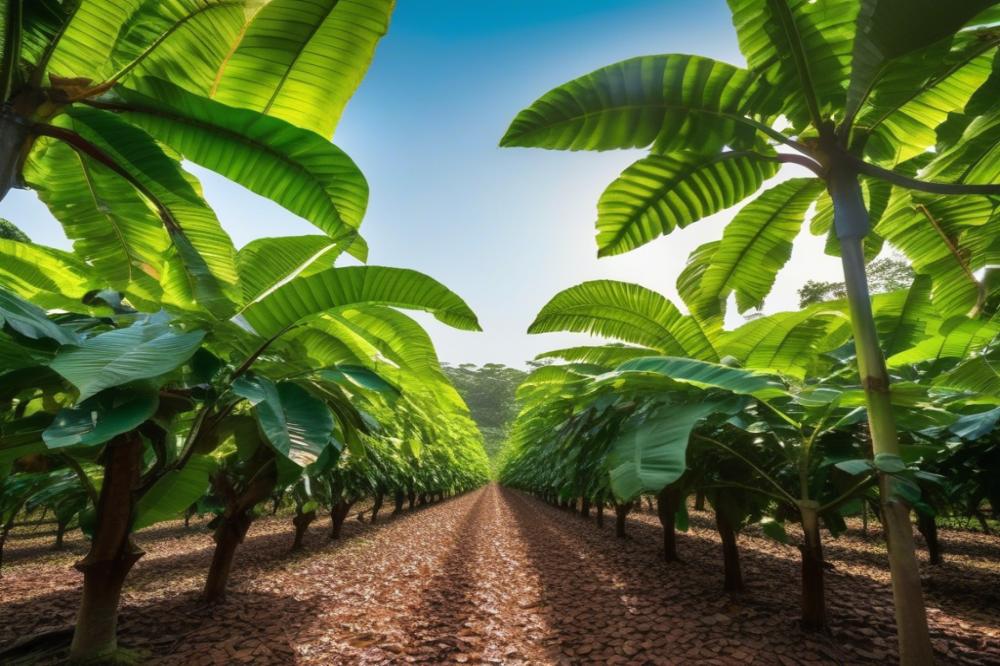
Pollination is crucial for the growth of cocoa flowers, yet various environmental factors create challenges. Factors such as temperature, moisture, and humidity affect both midges and the ability of flowering plants to thrive. Cocoa trees, which flourish best in humid tropical climates, face risks from prolonged dry spells. These changes can harm the overall pollination process, impacting chocolate production.
Threats from Climate Change and Habitat Loss
That’s not the end of the story. Climate change poses serious threats. As temperatures rise, the habitats where midges live may shrink. These tiny insects are critical for plant reproduction, and without them, cocoa flowers suffer. Increased rainfall and extreme weather events also disrupt the delicate balance of ecosystems. Habitat loss from deforestation compounds these issues, making sustainability harder to achieve. For cocoa farmers, the future looks uncertain as their crops struggle to adapt.
Pest Management Strategies that Consider Midge Preservation
Another challenge lies in pest management. Farmers often use various chemicals to manage harmful pests. However, these strategies might also kill beneficial insects. Midges are essential insect pollinators for cocoa flowers. Therefore, it’s vital to develop pest management approaches that consider their preservation. Using organic methods or integrated pest management strategies can help balance the need for crop protection and ecosystem services, ensuring that the pollinators thrive alongside cocoa cultivation.
Conservation Efforts to Support Sustainable Cocoa Production
Conservation initiatives play a significant role in supporting the future of cocoa production. Protecting and restoring natural habitats can help maintain the populations of midges and other pollinators. Farmers can engage in practices like agroforestry, which contributes to biodiversity. Incorporating shade trees into cocoa farms creates a more inviting environment for insect pollinators. Additionally, educational programs can teach farmers the importance of preserving these unique ecosystems.
Implications for Chocolate Production
The relationship between the pollination process and the quality and quantity of cocoa beans cannot be overstated. Cocoa flowers depend heavily on insect pollinators, especially tiny midges, for successful reproduction. A robust population of these insects leads to a higher number of fruit set, which means more beans for chocolate production. Farmers who recognize this crucial connection can optimize their harvesting efforts.
Healthier pollination systems contribute to a sustainable chocolate industry. Without effective pollination, the overall yield can decline significantly, putting pressure on the entire production chain. As a result, cocoa farmers face greater challenges, leading to potential shortages and inflated prices. Sustainable practices focusing on biodiversity can help address this issue. Supporting a diverse ecosystem aids in maintaining stable populations of midge pollinators, which benefits cocoa flowers.
The implications extend beyond just farming. Healthy flowering plants play a vital role in their ecosystems. Pollinators provide essential services that benefit not only cocoa production but also other tropical agriculture sectors. When farmers implement pest management strategies that protect these insect pollinators, they foster a healthier environment for all. This interconnectedness emphasizes the need for conservation efforts focused on maintaining biodiversity.
Future prospects for cocoa farmers depend significantly on these ecological balances. With increasing demand for chocolate, ensuring a stable production method will be key. Innovative farming techniques could include planting cover crops to enhance the habitat for midges. By prioritizing ecological health, farmers can safeguard their livelihoods while also contributing positively to broader environmental goals.
Final Thoughts on Midge Contributions to Cocoa Production
Midges play a critical role in the pollination of cocoa flowers. These tiny insects are essential for the growth of cocoa trees, as they transfer pollen from one flower to another. Without them, the cocoa plants struggle to produce pods, leading to reduced yield. This relationship highlights how integral midges are to the cocoa industry, which is reliant on effective pollination to thrive.
Protecting these small creatures should be a priority for farmers and environmentalists alike. The decline in midge populations poses a significant risk to cocoa production worldwide. Ensuring their habitat remains undisturbed helps maintain healthy ecosystems where cocoa can flourish. Sustainable farming practices can aid in preserving these vital pollinators.
Awareness is key. Consumers can make a difference by supporting brands that prioritize sustainable agriculture. This includes products and practices that are friendly to insects. Together, we can promote actions that bolster insect health. Choosing to buy sustainably sourced cocoa not only benefits the environment but also the farmers who depend on crop success.
In conclusion, understanding the role of midges in the pollination process emphasizes the interconnectedness of nature. By nurturing their populations through conservation efforts, we can help secure the future of chocolate production. Everyone has a part to play in this important mission for both biodiversity and our beloved cocoa treats.

